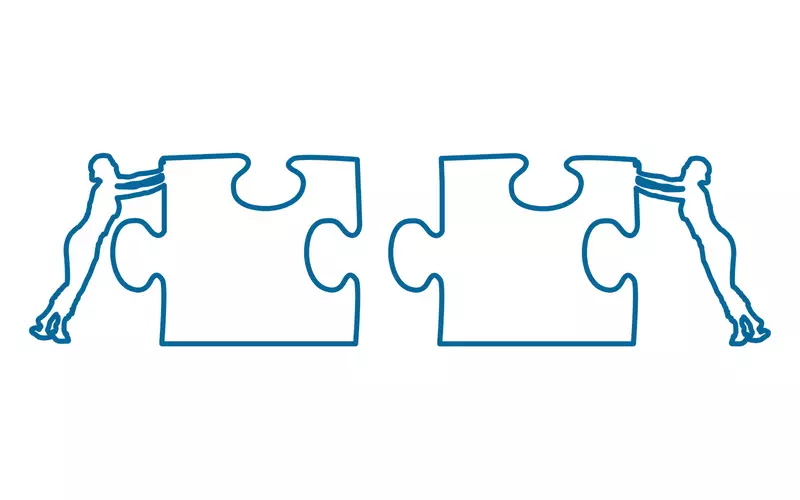
Seamless integration: Why you should connect your shop system with a CMS
At least since marketplaces and price comparison portals like Amazon have practically divided up the e-commerce market among themselves, many (upcoming) e-commerce merchants are asking themselves two important questions:
- What can I still use to stand out from the mass of e-commerce platforms today?
- How can I still offer my target group real added value?
One possible answer is: with good editorial content.
Because one of the few topics that Amazon & Co. currently do not serve at all is the provision of good content besides the articles. Such content can serve many purposes: On the one hand, editorial pages offer the opportunity to inspire users and provide sales incentives in the first place (for example, on the topic of garden design and the right garden tools); on the other hand, a well-developed editorial area creates a platform for presenting one's own company. It thus fulfills the function of a classic corporate site - in addition to the actual shop functionality.
Now, the creation and management of editorial content is not a core task of e-commerce software. Shop systems are primarily designed to take care of the sales process, to process payments and to communicate orders and deliveries. As emotional as the customer journey is designed to be here, it is ultimately a relatively dry, technical process that is supposed to lead to the conclusion of a purchase. Consequently, the editorial options offered by these systems are usually limited.
Seamless Integration to the rescue!
This is where the concept of seamless integration comes into play. The idea itself is relatively simple: a shop system and a full-fledged content management system are operated in parallel in such a way that the user switches between the two systems as seamlessly as possible. Both systems run under the same domain and ideally use the same layout. Defined design elements, fonts and structures are also used in both systems. It is important to think about how URL structures should look early on. For example, what appears first when I call up www.mycompany.com?
But pure layout work is obviously not enough for a one hundred percent seamless experience. To achieve this, I need to add store components to the editorial area so that the user can re-enter the checkout process from any point on the website, if possible. For example, the shopping cart should always be visible on the page, regardless of whether I'm on a shop page or reading a news article. Ideally, I combine my content directly with matching products. So there should be content elements that can fetch information directly from the e-commerce application. This might include e.g. product recommendations in articles that present a very specific (everyday) problem or entire product tests that illuminate all facets of a product that usually requires explanation.
Our experience shows that well-optimized websites can later generate up to 30% of their sales from editorial content alone. So it's definitely worth the effort.
How do I implement Seamless Integration in my project?
At this point I could of course go on and on about Composer, URL rewrites and Varnish and explain how to use these things to run e.g. Shopware and TYPO3 in parallel in one installation and route the incoming requests correctly. (If this is actually interesting for someone, please feel free to contact us).
As a matter of fact, the topic should not be underestimated. Shopware 5, for example, has only recently become technically advanced enough to make clean and reproducible deployments and roll out commercial plugins at the same time. The way Shopware handles CSS and JavaScript is incompatible with the mechanisms that have established themselves as the de facto standard in the rest of the world. We'll certainly cover how we solved this for our purposes in a future blog post. The problems we've worked around were not primarily caused by shortcomings in Shopware itself; much is due to the fact that more or less all e-commerce solutions so far assume that they can't be run in parallel with other software.
However, this should not discourage you at all.
If you want to connect your store system with a CMS, but don't know how, please contact us. We will be happy to advise you!
Please feel free to share this article.
Comments
No comments yet.